What Is Pathological Demand Avoidance (PDA)?
PDA was identified in the United Kingdom in the 1980s as a small but distinct autistic profile. It was formally named Pathological Demand Avoidance at that
time to highlight that these individuals could not help avoiding demands.
In recent years, PDA adults have preferred PDA standing for Persistent Drive for Autonomy not only to eliminate the use of the word pathological but to stress that the drive for autonomy is the most important feature to understand.
Understanding PDA is dependent on embracing a more nuanced and less stereotypical view of autism. Our hope is that we can increase understanding of both concurrently.
The formal PDA movement started in the US in 2020. It has grown and strengthened over time. PDA individuals have been unidentified, incorrectly diagnosed and misunderstood for a long time. Parents of PDA children have been judged and blamed for their children’s challenges. Too much isolation and suffering has taken place.
A PDA profile of autism means that individuals share autistic characteristics …
- persistent difficulties with social communication and social interaction,” and, “restricted and repetitive patterns of behavior, activities or interests,” present since early childhood to the extent that these, “limit and impair everyday functioning,” (according to the Diagnostic and Statistical Manual Fifth Edition, DSM-5)
- often including a different sensory experience in relation to sight, smell, taste, touch, hearing, vestibular, proprioception and interoception.
… and also:
- have a need for control which is anxiety related
- are driven to avoid everyday demands and expectations (including things that they want to do or enjoy) to an extreme extent
- tend to use approaches that are ‘social in nature’ in order to avoid demands
- present with many of the ‘key features’ of PDA rather than just one or two
- tend not to respond to conventional parenting, teaching or support approaches
Source: The PDA Society
Characteristics of PDA
Some characteristics of PDA…
- Resists and avoids the ordinary demands of life due to need for autonomy
- Sociable, but can struggle with understanding and social relationships
- Drastic changes in mood
- Impulsivity
- Comfortable in role play and pretend, sometimes to an extreme extent
- Language delay, often with good degree of catch-up
- Obsessive behavior, often focused on people, either loving or loathing them
- Can be domineering and overbearing
- Parents often describe a personality that changes frequently
- Can be bossy and controlling
- Often more comfortable with adults than children
- Often hypersensitive to other’s voices, facial expressions, etc. (may absorb others emotions)
- Can be overly familiar with others
- Strong sense of personal values
- Strong sense of lack of hierarchy
- May take on the persona of other people, i.e., teachers
- Can go into role to comply
- Have a panic attack or meltdown if highly anxious – these may result in aggression towards others
- Unable to be concerned about impact of behavior on others when they are under extreme stress
- Can behave very differently at school/college to home
- Unable to follow routines if set by others
- Often have sensory issues – noise, touch, brightness, etc.
Based on Prof Elizabeth Newson (1995) (Revised 1998, Second Revision 2000, Third Revision 2001) with modifications

